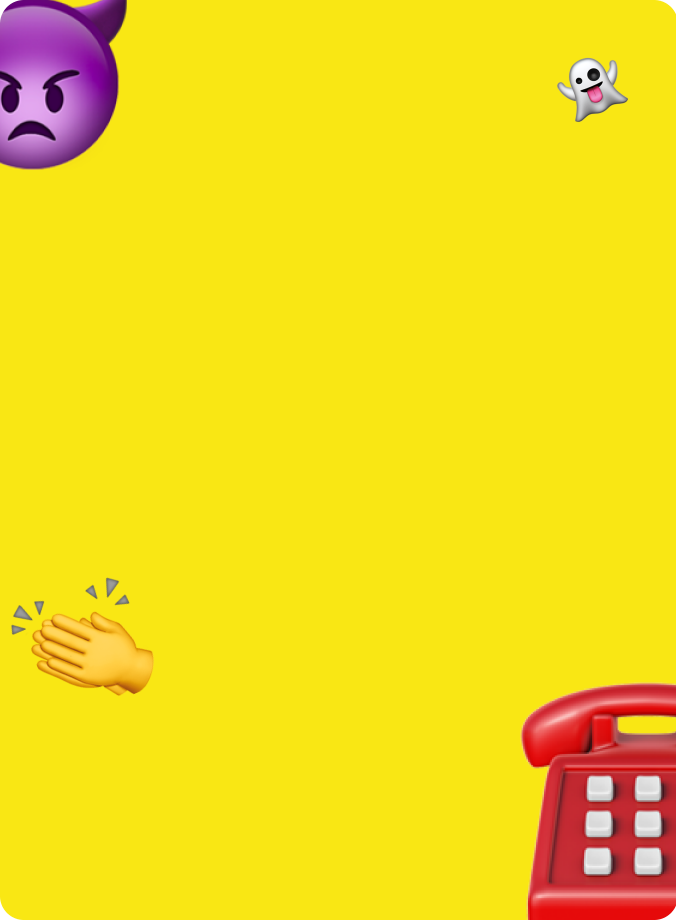Have you ever heard about undress remover technology? It's a controversial topic that has sparked debates worldwide. Imagine an AI-powered tool capable of removing clothing from images, creating realistic and almost indistinguishable results. While it sounds like science fiction, it's very much real. But here's the catch—it raises serious ethical questions, privacy concerns, and potential misuse. Let me break it down for you in a way that’s easy to digest.
This article isn’t just about the tech itself; it’s also about understanding its implications, how it works, and what we can do to protect ourselves. If you’re curious about undress remover tools, you’re in the right place. We’ll dive deep into the nitty-gritty details, from the tech behind it to the legal and moral issues surrounding it.
Before we get into the thick of things, let’s set the stage. The undress remover phenomenon isn’t new, but it’s gaining traction as AI becomes more advanced. People are using it for everything from entertainment to more sinister purposes. Stick around, because this is gonna be one heck of a ride.
What Exactly is an Undress Remover?
Let’s start with the basics. An undress remover is essentially a software tool or AI model designed to digitally remove clothing from images or videos. It uses complex algorithms and machine learning to analyze visual data, then manipulates the pixels to create the illusion of nudity. Sounds pretty wild, right?
These tools have been around for a few years now, but they’ve become more sophisticated and accessible thanks to advancements in AI technology. Some versions are even available online for free—or at least, that’s what some websites claim. But here’s the thing: just because something exists doesn’t mean it’s okay to use.
How Does Undress Remover Work?
Now, let’s talk about the science behind it. These tools rely on neural networks and deep learning techniques. They’re trained on massive datasets of images, allowing them to "learn" how different types of clothing look and how the human body appears underneath. Once trained, the AI can take a new image and generate a realistic version without the clothing.
Here’s a quick breakdown of the process:
- Data Collection: Gathering thousands—or even millions—of images to train the AI.
- Training Phase: Teaching the AI to recognize patterns and predict what the skin might look like under clothing.
- Generation Phase: Using the learned patterns to create a realistic-looking image where the clothing is removed.
It’s all about pattern recognition and prediction. The better the dataset, the more accurate the results. But here’s the kicker: the accuracy doesn’t make it any less controversial.
Why is Undress Remover Controversial?
Let’s face it—this tech walks a fine line between innovation and invasion of privacy. On one hand, some argue that undress removers could have legitimate uses, like in the fashion industry or for artistic purposes. On the other hand, the potential for misuse is staggering.
Think about it: if someone can take your photo from social media and turn it into a nude image without your consent, that’s a massive violation of privacy. It opens the door to all sorts of abuse, including revenge porn, harassment, and identity theft.
Legal Implications and Privacy Concerns
The legal landscape surrounding undress removers is murky at best. In many countries, there aren’t clear laws governing the use of such technologies. That leaves individuals vulnerable to exploitation and abuse.
Here are a few key points to consider:
- Consent: The biggest issue is the lack of consent. People don’t agree to have their images manipulated in such a way.
- Revenge Porn: This tech could easily be used to create fake nude images, which could then be shared online without the victim’s knowledge.
- Identity Theft: With realistic AI-generated images, it becomes easier for scammers to impersonate others online.
It’s not just about the tech—it’s about how it’s used. And unfortunately, the potential for harm far outweighs any perceived benefits.
Is Undress Remover Ethical?
This is the million-dollar question. Can something like this ever be considered ethical? The short answer is no—not in its current form. The long answer involves a lot of nuance and debate.
From an ethical standpoint, the very existence of undress removers challenges our notions of consent, autonomy, and bodily integrity. Just because we can create something doesn’t mean we should. The harm caused by misuse far outweighs any potential "benefits" the tech might offer.
Can Ethical Guidelines Help?
Some experts suggest that ethical guidelines could help mitigate the risks associated with undress removers. For example:
- Restricting access to the technology to only those with legitimate purposes.
- Requiring explicit consent before generating or sharing altered images.
- Implementing strict penalties for misuse or unauthorized distribution.
But here’s the problem: enforcement is tricky. Once the tech is out there, it’s hard to control who uses it and for what purpose. It’s like trying to put the genie back in the bottle.
Who Uses Undress Removers?
Believe it or not, undress removers have a variety of users, both legitimate and questionable. On the legitimate side, some artists and designers use the tech for creative projects. In the wrong hands, however, it can be used for malicious purposes.
Here’s a breakdown of the main user groups:
- Artists and Designers: They might use the tech to explore new forms of expression or to visualize ideas without needing live models.
- Researchers: Some scientists study undress removers to understand AI capabilities and limitations.
- Abusers: Unfortunately, this group includes individuals who use the tech to harass, blackmail, or humiliate others.
It’s clear that the tech isn’t inherently bad—it’s the intent behind its use that makes all the difference.
How Can You Protect Yourself?
With all these potential risks, it’s natural to wonder how you can protect yourself. Here are a few tips to keep your digital presence safe:
- Be Mindful of What You Share: Think twice before posting photos online, especially ones that could be misused.
- Use Strong Privacy Settings: Limit who can see your social media profiles and photos.
- Report Misuse: If you discover someone has created or shared altered images of you, report it to the platform immediately.
Knowledge is power, and staying informed is your best defense against potential threats.
What Can Platforms Do?
Social media platforms and tech companies have a responsibility to protect their users. Here’s what they can do:
- Implement stricter content moderation policies to detect and remove AI-generated images.
- Provide resources and support for victims of digital abuse.
- Collaborate with lawmakers to establish clearer regulations around AI technologies.
It’s a team effort, and everyone has a role to play in ensuring a safer digital world.
Undress Remover and Mental Health
We can’t talk about this topic without addressing the mental health impact. Victims of digital abuse often experience anxiety, depression, and even PTSD. The trauma of having your image altered and shared without consent can be devastating.
Here’s how it affects people:
- Emotional Distress: Feeling violated and powerless can lead to significant emotional turmoil.
- Social Isolation: Victims may withdraw from social interactions for fear of judgment or ridicule.
- Loss of Trust: It becomes harder to trust others, both online and offline.
It’s crucial to provide support and resources for those affected by this kind of abuse.
How Can We Support Victims?
If someone you know has been a victim of digital abuse, here’s how you can help:
- Listen without judgment and offer emotional support.
- Encourage them to seek professional help if needed.
- Help them report the incident to the appropriate authorities or platforms.
Your support can make a world of difference in their recovery process.
The Future of Undress Remover Technology
So, where do we go from here? As AI continues to evolve, so too will the capabilities of undress removers. The question is: how do we ensure that these advancements benefit society without causing harm?
Here are a few possibilities for the future:
- Stricter Regulations: Governments may introduce laws to govern the use of AI technologies like undress removers.
- Improved Detection Tools: Researchers could develop better ways to detect and flag AI-generated images.
- Public Awareness Campaigns: Educating people about the risks and how to protect themselves will be key.
It’s a balancing act, and finding the right solutions won’t be easy. But it’s a conversation worth having.
Conclusion
In conclusion, undress removers are a double-edged sword. While they represent a fascinating advancement in AI technology, they also pose significant risks to privacy and safety. It’s up to all of us—individuals, companies, and governments—to ensure that these tools are used responsibly and ethically.
So, what can you do? Stay informed, protect your digital presence, and advocate for stronger regulations. Together, we can create a safer online environment for everyone.
Got thoughts or questions? Drop a comment below and let’s keep the conversation going. And hey, if you found this article helpful, don’t forget to share it with your friends. Knowledge is power, folks!
Table of Contents
- What Exactly is an Undress Remover?
- How Does Undress Remover Work?
- Why is Undress Remover Controversial?
- Legal Implications and Privacy Concerns
- Is Undress Remover Ethical?
- Can Ethical Guidelines Help?
- Who Uses Undress Removers?
- How Can You Protect Yourself?
- Undress Remover and Mental Health
- The Future of Undress Remover Technology


